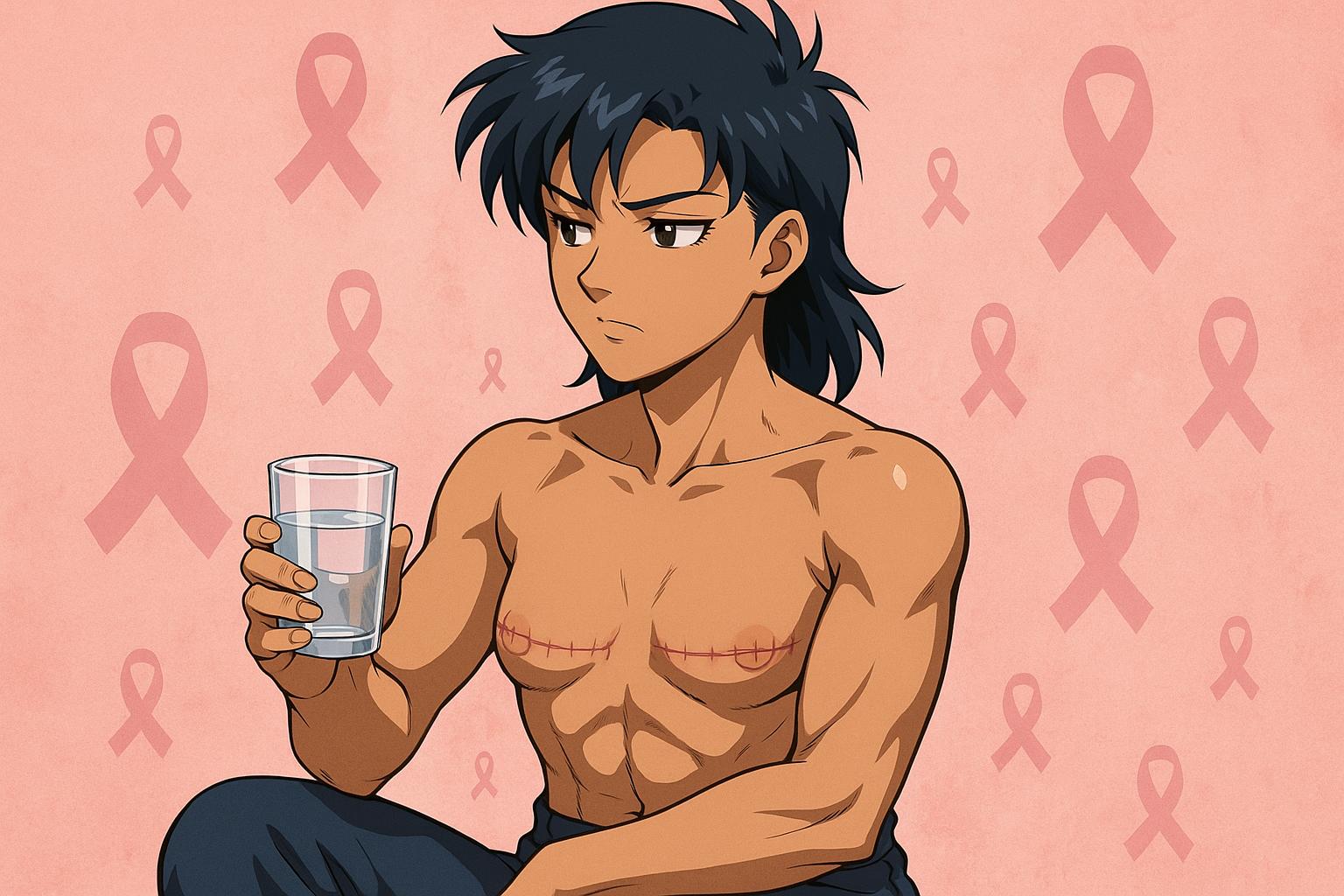There are few phrases more terrifying for a woman than "you have breast cancer." The statistics are sobering, with one in eight women diagnosed at some point in their lives. This grim reality often leaves those affected grappling with the question, "Why me?" For many, an understanding of the potential lifestyle factors that contribute to the disease creates further anguish, particularly if their choices might have played a role in their diagnosis.
One such woman is Corrine Barraclough, a former magazine editor and rehabilitation worker. After a tumultuous life marked by heavy drinking, Barraclough achieved sobriety in her 40s. But seven years after quitting, she discovered a lump in her breast, leading to a diagnosis of stage 2 breast cancer at the age of 48. In her candid reflections, Barraclough attributes her illness to her history of alcohol consumption, supported by increasing evidence that links alcohol to breast cancer.
Research indicates that alcohol is the foremost modifiable risk factor for breast cancer in premenopausal women. A study conducted by the University of New South Wales revealed that over 10,000 breast cancer cases in the next decade could potentially be linked to regular alcohol consumption. Associate Professor Maarit Laaksonen, one of the study's authors, highlighted the pressing nature of this issue, stating that alcohol consumption represents the leading modifiable cause of breast cancer in premenopausal women and a significant factor for postmenopausal women, following obesity.
Laaksonen emphasises that what makes breast cancer unique among alcohol-related malignancies is that no level of alcohol consumption is deemed safe. Even minimal drinking can heighten the risk significantly. This contrasts with other health threats where moderate consumption may not present a danger. Particularly alarming is the notion that many people mistakenly believe that a small quantity—like a glass of wine—could offer health benefits, especially concerning cardiovascular diseases. However, the reality is that such claims often fail to account for the holistic health status of drinkers compared to abstainers.
Barraclough's journey illustrates these complexities. Following her diagnosis, she underwent extensive treatment, including a double mastectomy, and is now in remission. Her insights draw attention to the societal normalisation of alcohol consumption and the pervasive marketing strategies that target women. She argues that the alcohol industry has much to answer for, given its influence on public perception of drinking, particularly amongst women.
The World Health Organization and various health studies corroborate the concern surrounding alcohol as a significant contributor to breast cancer risk. The WHO indicates that even the consumption of just one bottle of beer or two small glasses of wine daily can lead to significant health repercussions, including breast cancer. Similarly, reports from the National Institute on Alcohol Abuse and Alcoholism reinforce that even minimal intake correlates to a 10% increase in breast cancer risk.
Laaksonen and others in the field advocate for increased awareness and regulatory measures, such as warning labels akin to those for tobacco products. They believe that if alcohol were introduced to society today, it would likely face stringent legal restrictions due to its health risks.
The message is clear: education about the links between alcohol and breast cancer is crucial. Corrine Barraclough’s testimony serves not just as a personal account of resilience but as a clarion call for women to reconsider their drinking habits in light of the medical evidence that suggests any level of alcohol consumption may not just be unwise, but potentially dangerous.
Ultimately, while breast cancer is a complex and multifaceted disease, understanding and mitigating its risk factors—including lifestyle choices like alcohol consumption—remains a vital part of women's health advocacy. Barraclough’s experiences remind us that it’s essential to confront these issues head-on, empowering others with the knowledge that could potentially save lives.
Reference Map:
Source: Noah Wire Services
